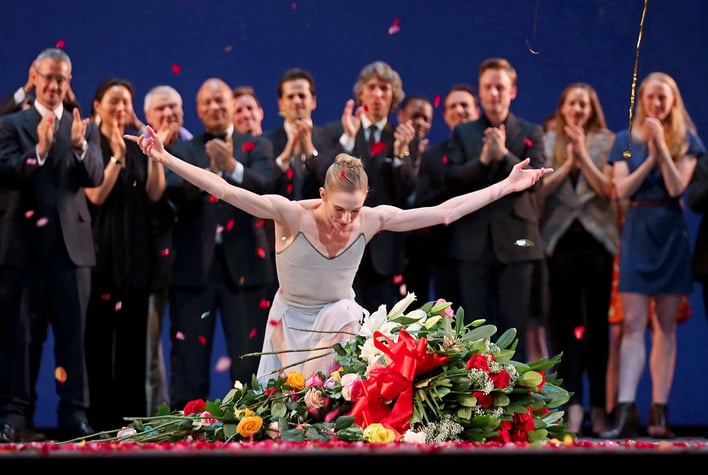We live in a city where the Performing Arts are celebrated by millions of Bostonians. Home to several stunning theaters, we have the opportunity to explore talented artists on stage and consume the beauty of the dramatics, especially within the realm of dance. The Boston Ballet encompasses a long history of ballerinas who have pirouetted their way to stardom by undertaking renditions of “The Nutcracker”, “Swan Lake” and “A Midsummer’s Night Dream”. How many of us have witnessed the magnificence of some of the world’s greatest dancers and may have perhaps hoped to follow in their footsteps one day? The hum of music, the intricate costumes and the precise movements of bodies gracefully flowing across the stage are all part of the fantasy that so many are drawn to.
photo credit via The New York Times
One of the reasons why the ballet remains popular is the perceived “glamour” that has always blanketed over performers. Interestingly enough, things weren’t always so wonderful for the dancers as you might have expected. A ballerina’s wages were paid very low and were often impossible to make a living from. Dating back to the 1930’s, silks, furs and even diamonds had once been acceptable gifts but they were not given without retribution. Depending on the bauble’s value, if a dancer accepted, she was expected to return the gesture in exchange for intimacy. If she chose to seek less provocative ways to meet her means, ballerinas might receive food and simple clothing from audience members. If she received flowers, she would turn around and sell them for cash.
Over time, bouquets became the customary gift to congratulate the artists and were given as either a wrapped bundle or by single stem. Years ago, etiquette preached that no dancer was given her bouquet until the principal performer had received hers first. In the case where the lead was forgotten, companies would have a cash reserve saved in case the occasion arose.
Today, flowers are still given as a sign of praise of a job well done and continue to cover stages after curtain call. Florists located in close proximity to theaters are constantly expected to supply sometimes five to six bouquets per week when the ballet arrives in town. If you’re curious as to what are the most requested varieties, here’s a list of popular blossoms associated with ballerina bouquets.
Five Flowers Associated with Ballerina Bouquets
- Roses
- Lilies
- Peonies
- Cymbidium Orchids
- Peonies
- Iris
- Gerbera Daisies
- Carnations
- Cornflower
- Freesia

